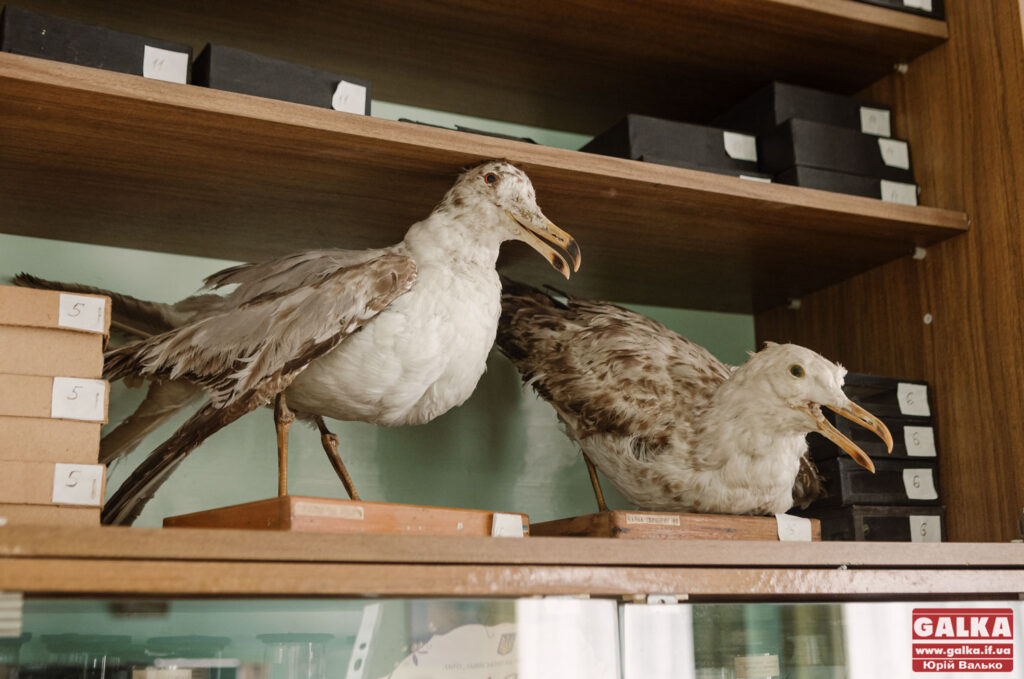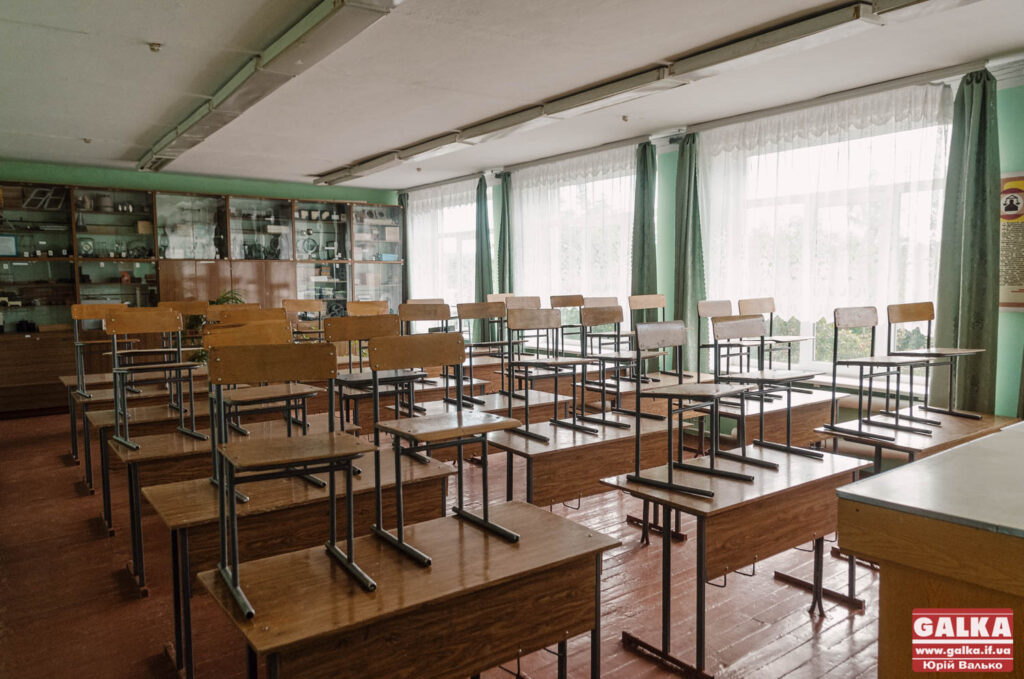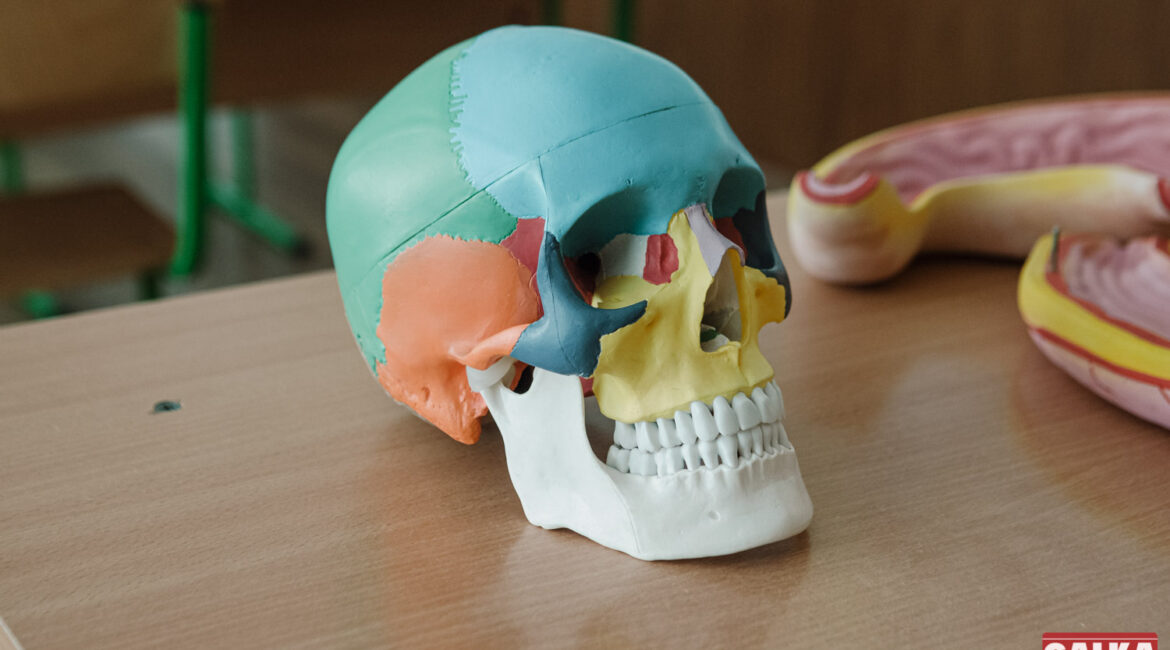Natural Science Education in Frankivsk Region Schools
In collaboration with UNOWA, the editorial board of GALKA.IF.UA aims to explore the current state of natural science education in Ivano-Frankivsk and surrounding districts through a special project. The project will assess the state of material and technical support in schools, funding for education in the region, and potential solutions for improving school equipment quality.
UNOWA is one of the largest developers and manufacturers of equipment for STEAM and inclusive education. The company boasts the largest research and development department for educational solutions for schools and inclusive centers in Eastern Europe.
Investing in education is crucial for the future, with both WHO and UNICEF research showing that such investments are the most cost-effective. Ukraine, in particular, can expect significant returns on investment in its education system. However, during economic downturns, funding often decreases, negatively impacting the education sector which should be prioritized.

Investments in education not only improve the overall condition of educational institutions but also enhance the material and technical base, educational literature, and students’ health and awareness. A well-funded education sector can contribute to economic benefits and the development of a healthy nation.
Material and technical support plays a vital role in the educational process, especially in natural science classes. Equipping classrooms with modern technology, various gadgets, and high-quality equipment can create interactive and engaging lessons. This is particularly important for STEAM education, which focuses on the natural science component and modern technologies.
However, not all schools in the Carpathian region possess the necessary equipment for conducting innovative lessons. While city schools are generally well-equipped, rural schools often rely on outdated material and technical bases.

The GALKA.IF.UA project explores the conditions of science classrooms in schools in Pidpechery village, Tysmenych region, and Ivano-Frankivsk. While the Pidpecheriv Lyceum struggles with outdated equipment, the Frankivsk Lyceum No23 boasts well-equipped classrooms for chemistry, physics, and biology. The latter has seen improved student engagement and learning experiences due to the modern facilities.
In conclusion, the state of material and technical support in Prykarpattia schools varies, with urban schools generally better equipped than rural ones. Funding is a concern, but the situation is more complex, as resources are available in amalgamated territorial communities. The project will further investigate this issue in upcoming articles.

